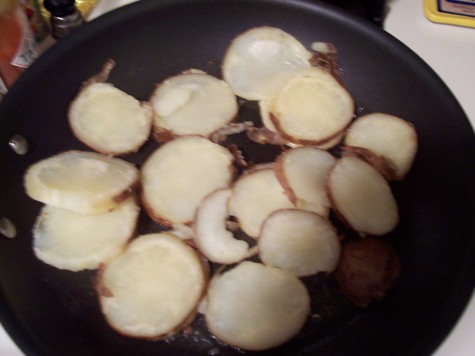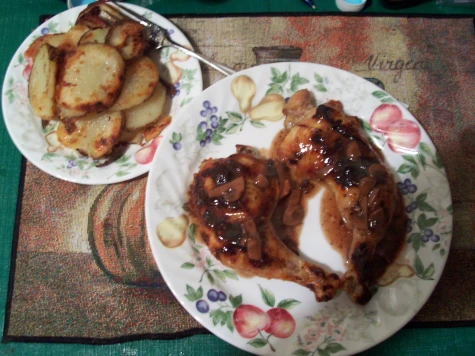One of the perks of being a university librarian is that occasionally books are donated that are interesting, but not appropriate for our collection. These books end up on our book sale table…and thence into out own collections. It was in this way that I recently acquired Samuel Chamberlain’s Italian Bouquet: An Epicurean Tour of Italy.
Chamberlain was a longtime contributor to Gourmet, and Italian Bouquet was a compilation and expansion of a series of articles he did for that magazine in which he produced combination travel guides and restaurant surveys to several countries. He was sort of a last example of a 19th Century artist/bon vivant/man of many talents (he was born in 1895).
One thing that Italian Bouquet really demonstrates is that what we in America refer to as “Italian” (or when we feel possessive “Italian-American”) is very much a composite of different regional foods – and why not, since our claim to fame is being a “melting pot”? It’s very interesting to see these foods in their original context…it tells us not only something about Italy, but about the Italians who brought these dishes with them to their new homes.
I could actually spend an entire week on this book (and probably will when I reach the Naples chapter, since the Italian part of my family hails from there), but with Memorial Day this weekend and the last days of the grilling season upon us I figured this was a good candidate. It caught my eye because the combination of cooking techniques seems crazy at first:
Chicken Cacciatore Piedmontese (from Italian Bouquet: An Epicurean Tour of Italy)
- 1 frying chicken, cut in serving pieces
- 1 large onion, sliced in rings
- juice of 1/2 lemon
- 2-3 sprigs parsley
- 1/4 tsp salt
- 3/4 cup flour
- 1/4 cup and 3 tbs olive oil
- 1/2 cup water
- 1 egg white, beaten stiff
- Oil for frying onion rings
Combine 1/2 onion, lemon juice, parsley, salt, egg white, and 1/4 cup olive oil. Marinate chicken in this mixture for 2 hours. Combine flour, 3 tbs olive oil, and water and mix into a smooth batter. Let stand for two hours.
When ready to cook, drain and wipe chicken pieces. Mix egg white into batter and coat chicken pieces. Broil under moderate heat, turning to cook throughly.
Dip remaining 1/2 onion in batter and fry. Serve chicken, surrounded by onion rings, with the following sauce:
Madeira and Ham Sauce (adapted freely from The Joy of Cooking)
- 2 tbs butter
- 2 tbs flour
- 1 cup beef stock
- 1/2 clove garlic
- 1/4 cup and 2 tbs Madeira
- 2 tbs chopped ham
Rub a small saucepan with garlic clove. Melt butter and stir in flour until blended. Add beef stock and bring to a boil, stirring constantly. Reduce by half and add 1/4 cup Madeira and chopped ham. When ready to serve, add 2 tbs Madeira.
It sounds like a lot of work, but really 90% of it is chopping things…the actual preparation is very easy. And broiled battered chicken is surprisingly good. If you’re tired of barbecue sauce, you might want to give this one a spin before Summer departs.







